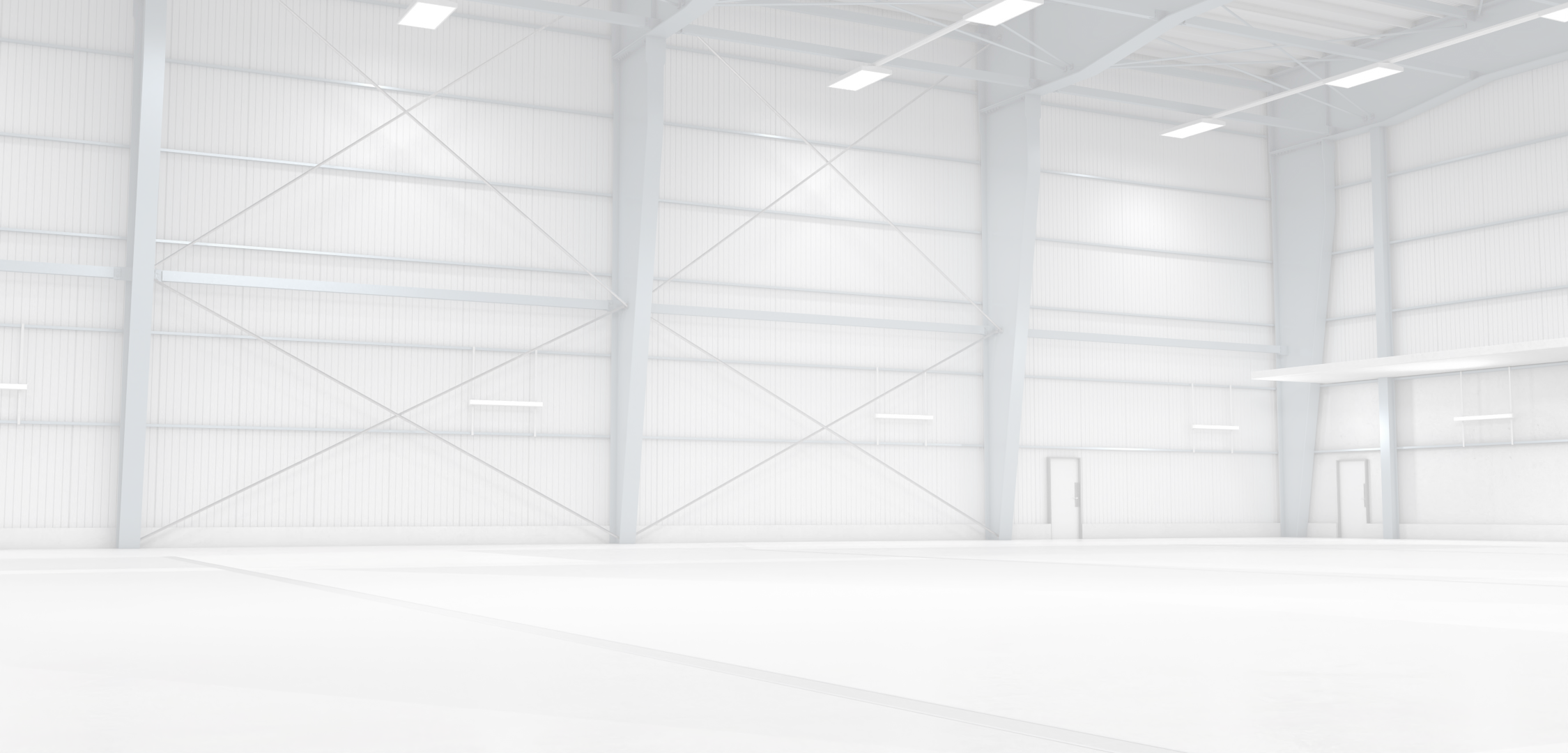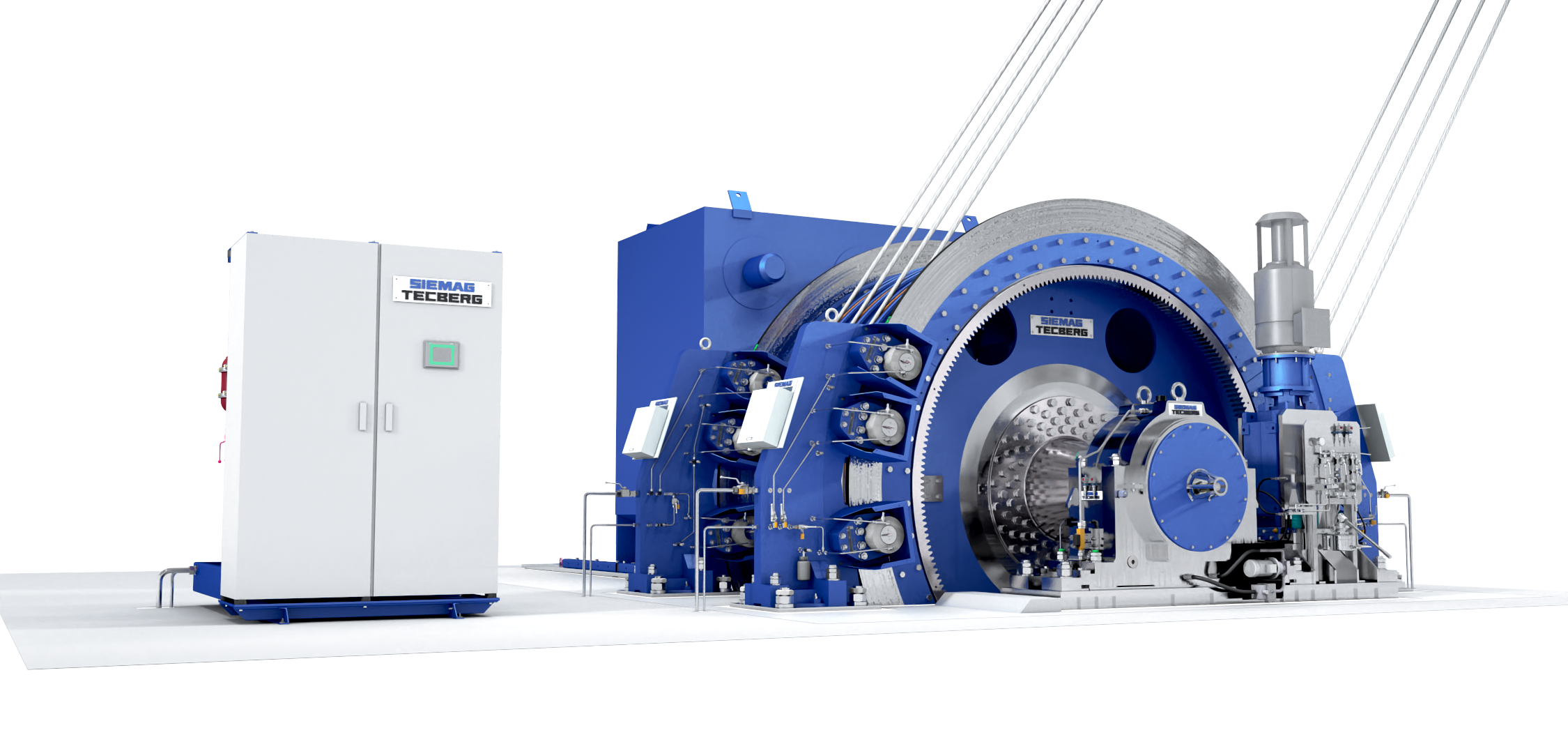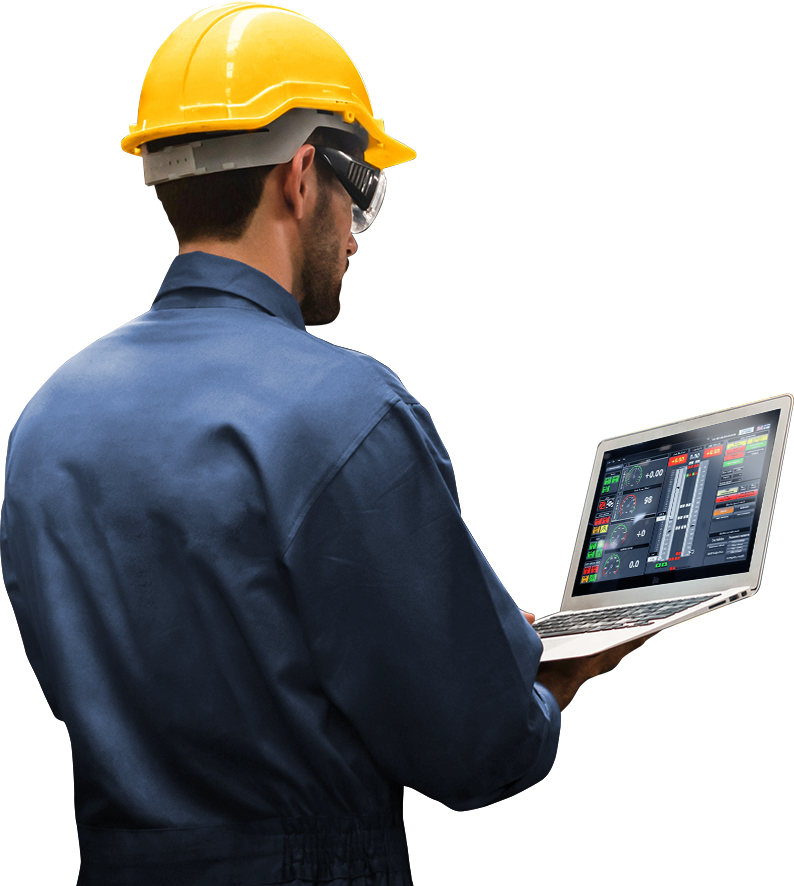With the closure of the last German hard-coal mine Prosper-Haniel, on December 21st 2018, a 200-years lasting part of German industrial history came to an end.
For many decades, hard-coal mining with its high extraction volumes from deep mines, posed special challenges to hoisting technology, particularly to vertical hoisting. German manufacturers of shaft hoisting equipment, who have been absorbed into what is today the SIEMAG TECBERG group, over decades passionately developed many technical innovations that have gone into creating the technical standard worldwide so far.
The pressure on German hard-coal production to become more economical and safer has driven the mechanisation and capacities of mines, particularly from the 1960s onwards. The drop in demand for household coal made the extraction of lump coal, which as far as possible was hoisted in wagons from the coal-face to the surface without reloading, less important. Priority was given to belt systems, shaft hoisting in skips with high hoisting capacities and therefore specialisation of hoisting systems. Whereas in Germany an increase in hoisting speeds reached technically rational levels early on, the emphasis was on increasing payloads, which could be realised with multi-rope winding machines.
A large number of manufacturers for the most varied work phases were involved in this development of mines, both in the German mining companies on the Ruhr and the Lippe, on the Lower Rhine, in Westphalia, on the Saar, and in the Aachen area.
Below-mentioned machines and systems are exemplary and all-together ground-breaking references from German hard-coal mining for the SIEMAG TECBERG group of today, which likewise pushed on the complete system integration of electrical systems by a single provider. Thus the world-market leader in shaft hoisting equipment focused on the growing demands on safety-related equipment, complying with the highest possible standards, such as braking systems, overwind and retarding systems, as well as on comprehensive technical service.
The challenges of these years, such as the refitting and fitting-out of pure production shafts with skip systems, like the construction of the shaft system “Consol 3”, where a single double-skip system achieved a hoisting performance of over 1,300 t/h from a depth of nearly 1,200 m, were successfully overcome. For decades, a 6-rope KOEPE winding machine and hoisting skips with a payload of up to 40 t set the international benchmark for shaft hoisting equipment. The way for this success was paved by long experience, many different technical evaluations and innovative ideas.
Preference was given to headgear with multi-rope winding machines during this time. However, in the course of conversion, modern head frames that were mostly constructed as low-maintenance box-girder designs and could be completed in a shorter conversion time were used as well.
Shaft 1 of the Fürst Leopold mine was a particularly remarkable conversion. The former head frame was overbuilt with a modern frame during further use, then the shaft with fittings for four hoisting cages dismantled and a rope-guided, two-compartment skip hoisting system for a capacity of over 1,000 t/h fitted. An existing 4-rope KOEPE winding machine was redeployed, which then continued to perform further reliable service as a first large floor-standing machine. Since then this arrangement has been increasingly opted for, including with multi-rope systems.
At the Neu Monopol mine, a large trestle was installed. The four sets of rope sheaves were arranged one above the other to enable optimum use of the space for the cage hoisting and the double-compartment skip hoisting and to be able to house the machines in a joint machine house. The 3- and 4-rope KOEPE winding machines were broadly of the same construction; the three motors in particular were interchangeable. Here large, practically maintenance-free three-phase current motors came into use that were frequency-regulated via direct-converters and so began to replace the direct-current technology otherwise usual on direct drives worldwide for the first time.
In the 1980s merely outside shaft systems were built in the course of mine expansion to the north. These were used as material and man-riding systems to ensure supply and access to the extraction areas. Those headframes became prominent landmarks, such as at the Auguste Victoria 8, Romberg, Voerde and Hünxe pits or on the Saar at Göttelborn and Ensdorf.
At the Romberg pit for the first time worldwide a 4-rope winding machine with integrated three-phase motor with an external rotor was built. The design of this machine is distinguished by especial mechanical stability and a compact construction. The hoisting system has later been redeployed and reused at the Lerche pit.
At the Ensdorf north pit, which finally boasted, at approx. 1,700 m, the deepest shaft in the hard-coal sector, a three-phase drive with indirect converter was used for the first time. Moreover, the use of hydraulic engineering in coal extraction and particularly for air conditioning of underground operations, e.g. by means of the P.E.S. pressure exchanger, has advanced the technical maturity of this technology.
All these examples show the development of leading shaft hoisting technology in connection with German hard-coal mining. Hoisting capacities and technical solutions that were internationally leading for decades, as well as fittings that even on material and man-riding shafts called for a special capacity with regard to loads and volumes, made German manufacturers internationally leading providers.
Capacity adjustments in the German hard-coal sector and manufacturers’ increasing orientation towards the international market called for a concentration of activities, which in the merging of shaft hoisting technology in Germany – and in South Africa and the USA – from the 1980s on was undertaken as a strategic orientation at the SIEMAG TECBERG group of today.
Both a worldwide network of subsidiary companies and collaborative partners and the uniquely installed reference systems with especially high-performing machines and equipment ensured for the SIEMAG TECBERG group a successful, international development of the company. Particular successes were recorded in China, Russia, South Africa and Canada, as well as in Australia, Morocco, Spain, Turkey and Vietnam. Here the history, reliability and technological leading position of German mining and the high performance of the SIEMAG TECBERG group became and still is an important deciding factor for ustomers of all kinds in all continents.
As a matter of course, the SIEMAG TECBERG group will uphold and continue to support the shared tradition with German hard-coal mining and will go with the tasks of assessing, mitigating and compensating for the impact of mining on the natural environment in the German hard-coal mining areas in the future.



